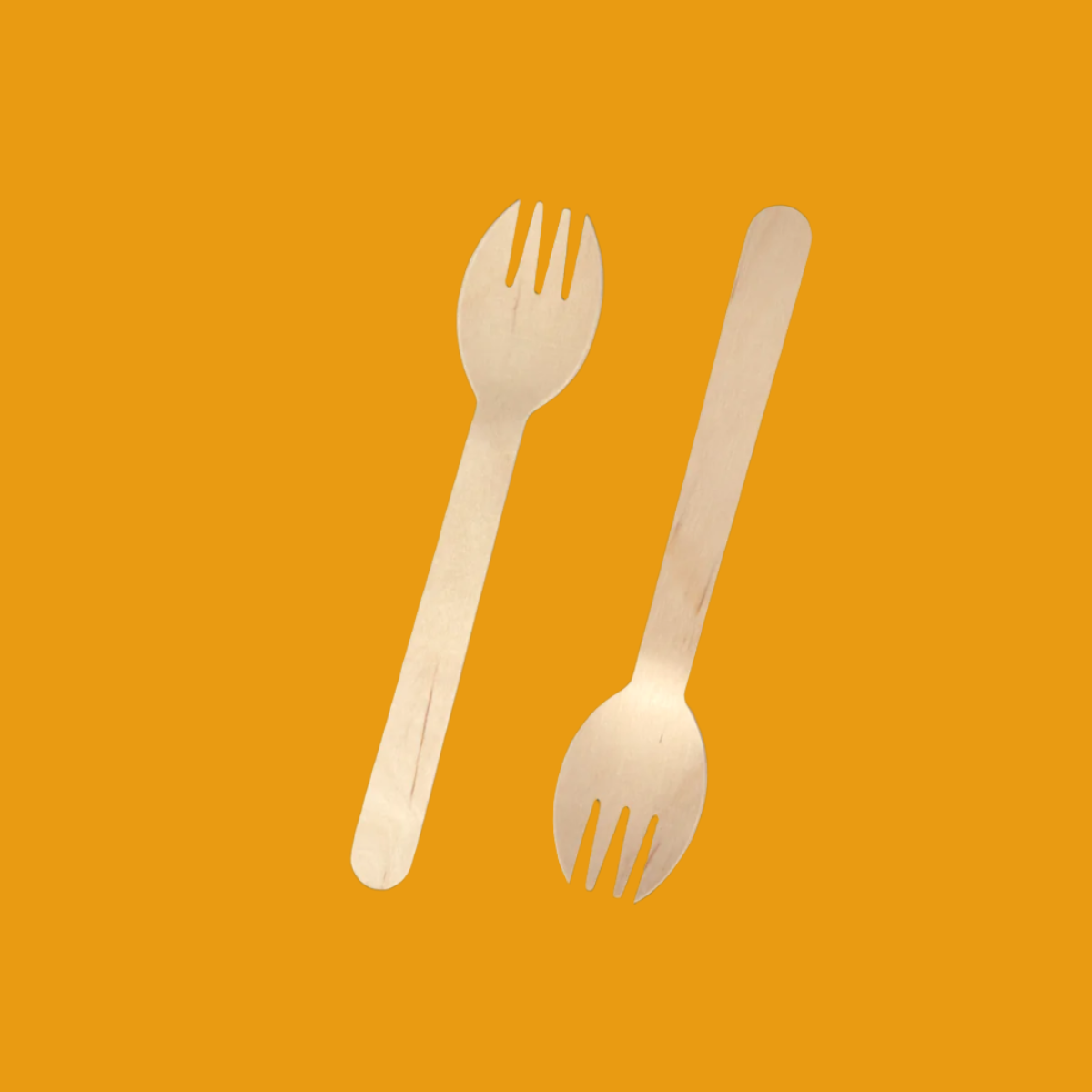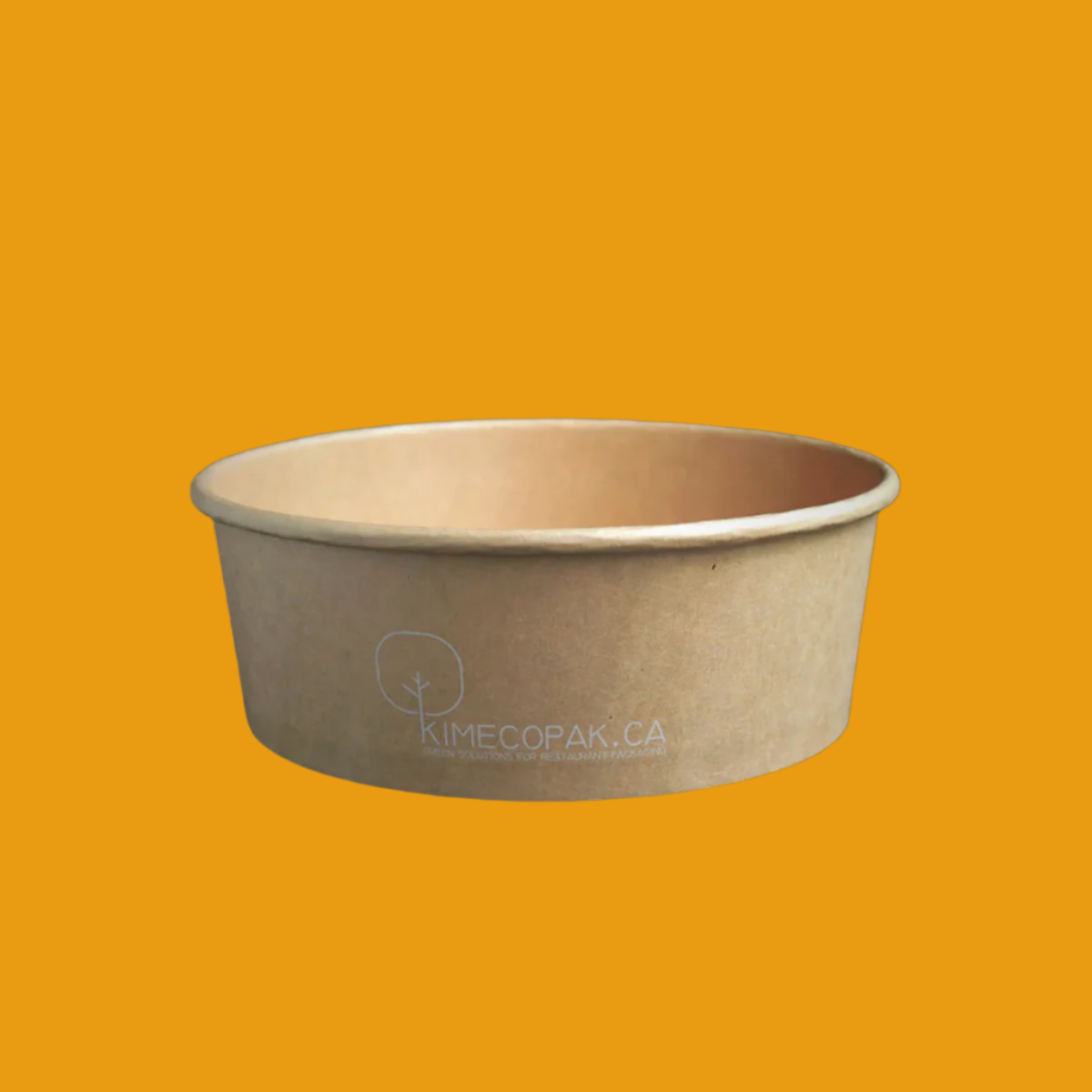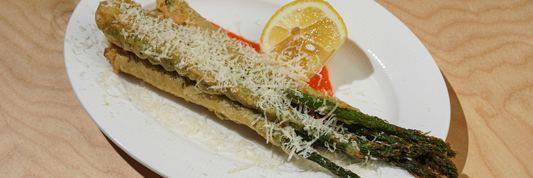Understanding your pizza shop profit margin isn’t optional, it’s the difference between surviving and thriving in the competitive food business. Whether you're eyeing a cozy takeaway corner or a dine-in pizza hub, mastering your margins is essential to scaling sustainably.
- How to Start a Pizza Business: Step-by-Step Guide to Launching a Profitable Pizzeria
- How Much Do Pizza Boxes Cost?
- Top 10 Best Pizza Chains in 2025 – Golden Opportunities for F&B Entrepreneurs
Importance of Understanding Profit Margin

Understanding profit margin is crucial for anyone considering opening a pizza shop. Profit margins can determine not only your ability to operate but also your potential for growth and sustainability in a competitive industry.
What is a profit margin and why it matters in F&B
A profit margin is a financial metric that shows how much of a business’s revenue is left after all expenses are deducted. In the Food and Beverage (F&B) sector, this can directly influence pricing strategies, operational decisions, and your long-term business viability. Without a grasp on your profit margins, it becomes challenging to make informed decisions about budgeting, hiring, and expansion.
How Profitable Is a Pizza Shop?

Industry benchmarks: 10%–20% net profit margin
On average, pizza shops see a net profit margin ranging from 10% to 20%, depending on various factors such as location, competition, and operational efficiency. This benchmark provides both a guide and a goal for new entrepreneurs entering the market.
Pizza vs other F&B business models
When compared to other food service models, pizza shops generally enjoy higher profit margins than restaurants specializing in full-service dining. The simplicity of the menu, fast service, and lower labor costs contribute positively to their financial health.
Why pizza is considered a high-margin food product
Pizza is often considered a high-margin food product due to its low ingredient costs juxtaposed against its fairly high selling price. Basic ingredients such as flour, cheese, and tomato sauce are relatively inexpensive, allowing for a healthy markup especially when offering additional toppings or specialty pies.
Key Factors That Impact Pizza Shop Profit Margin

Variable Costs
- Ingredients and food supplies: The cost of ingredients can fluctuate based on market conditions. Sourcing high-quality ingredients can increase costs but often leads to higher customer satisfaction and repeat business.
- Labor wages and staff training: While labor is a necessary expense, investing in training can be beneficial long-term. Well-trained staff can enhance operational efficiency and improve service quality, which is vital for customer retention.
- Packaging: With the growing preference for environmentally friendly practices, investing in sustainable packaging, like options from brands like Kimecopak, is not just good for the planet but can also attract eco-conscious consumers.
Fixed Costs
- Rent and utilities: Location is crucial for a pizza shop. High foot traffic areas generally come with higher rent. Balancing location costs with expected sales is essential for maintaining profitability.
- Equipment depreciation: From ovens to refrigerators, the equipment necessary for a pizza shop can be a significant investment. Understanding the depreciation of this equipment over time can help in financial planning and expense management.
- Licenses and insurance: Compliance with local regulations is vital. Securing the necessary licenses and permits, along with adequate insurance, incurs costs that can affect profit margins but are essential for legally operating your business.
How Business Model Affects Profit Margin

Independent Pizza Shop vs Franchise
Operating an independent pizza shop allows for more creative control and custom menu options, but franchises often benefit from brand recognition and a pre-established customer base. Each model presents pros and cons concerning margins, with franchises typically enjoying stronger leverage in price negotiations and marketing strategies.
Dine-in vs Takeaway vs Delivery
The operational costs vary significantly between dine-in, takeaway, and delivery services. While dine-in may provide a better atmosphere for upselling, takeaway is often quicker and involves fewer overhead costs. However, delivery can expand your reach and sales volume, justifying the additional associated costs.
Cloud kitchen model for pizza
Cloud kitchens, which focus on delivery without a storefront, can significantly reduce overhead costs associated with traditional pizza shops. This model is becoming increasingly popular as it allows for leaner operations higher margins can be achieved by focusing solely on delivery efficiency and reducing the need for physical space.
How Much Do Pizza Shops Make

Example 1: Small Takeaway Pizza Shop
A small takeaway pizza shop operates primarily on delivery or pickup orders, typically attracting a steady flow of local customers.
- Revenue: $15,000/month
- Net Profit: ~18%
For this model, expenses are generally lower due to limited seating and minimal overhead costs. However, they also face stiff competition, which can drive prices down and squeeze profit margins. The key here is to maintain quality and provide excellent customer service, which can foster repeat business.
Example 2: Medium Dine-in Pizza Shop
A medium dine-in pizza shop offers a more comfortable dining environment with a larger menu and potentially more staff.
- Revenue: $35,000/month
- Net Profit: ~12%
With increased revenue opportunities from dine-in customers, this model can significantly enhance profitability, yet the additional operational costs such as staffing, utilities, and rent, can limit net profits modestly. Strategic management of these costs is crucial for maintaining a healthy bottom line.
Example 3: Franchise Pizza Outlet
Franchise pizza outlets, backed by established brand recognition, represent a higher revenue model but also come with franchise fees and adherence to brand standards.
- Revenue: $50,000/month
- Net Profit: ~8%
In this situation, while the revenue looks attractive, it’s important to note that the profit margins may be thinner due to the costs associated with maintaining franchise standards and marketing fees. Successful franchise owners must leverage their brand reputation while also managing costs effectively.
Tips to Improve Pizza Shop Profit Margin

- Optimize Ingredient Sourcing: Buy local ingredients to support local farmers and reduce waste through better inventory management.
- Streamline Operations: Implement automation where possible, and provide thorough training to staff. Efficient operations can help save time and reduce labor costs.
- Smart Pricing Strategy: Consider combo deals or upselling techniques to increase average order value without affecting customer satisfaction adversely.
- Use Eco-friendly & Cost-effective Packaging: Packaging can impact customer perception; adopting solutions like Kimecopak can save costs and attract environmentally conscious customers.
- Invest in Marketing that Converts: Focus on social media and loyalty programs. These strategies can help maintain visibility in a competitive market and keep customers coming back.
Common Mistakes That Shrink Margins

- Overstaffing or Undertraining Staff: Both can lead to rising labor costs and unhappy customers. Ensuring the right staff size with appropriate training can enhance efficiency.
- Underpricing Menu Items: While it’s important to attract customers, underpricing can hurt overall profitability. Pricing should reflect the quality of the food and the experience offered.
- Choosing the Wrong Location: A poor location can limit foot traffic. Conduct thorough market research to ensure the chosen location aligns with your target demographic.
- Ignoring Operational Inefficiencies: Regularly review operational aspects for potential waste. A culture of continuous improvement can lead to enhanced margins over time.
Conclusion
Understanding the profit margin for pizza shops requires detailed planning and continuous cost management. Each shop's unique structure influences its financial outcomes, but proactive strategies can boost profitability.
Related:









